Table of Contents
By David Dodge, GreenEnergyFutures.ca
Toronto Western Hospital is launching the largest sewer heating system in the world using the magic of heat pumps.
Yup, this means the hospital will get 90% of its heat from the sewer system beneath the streets of Toronto.
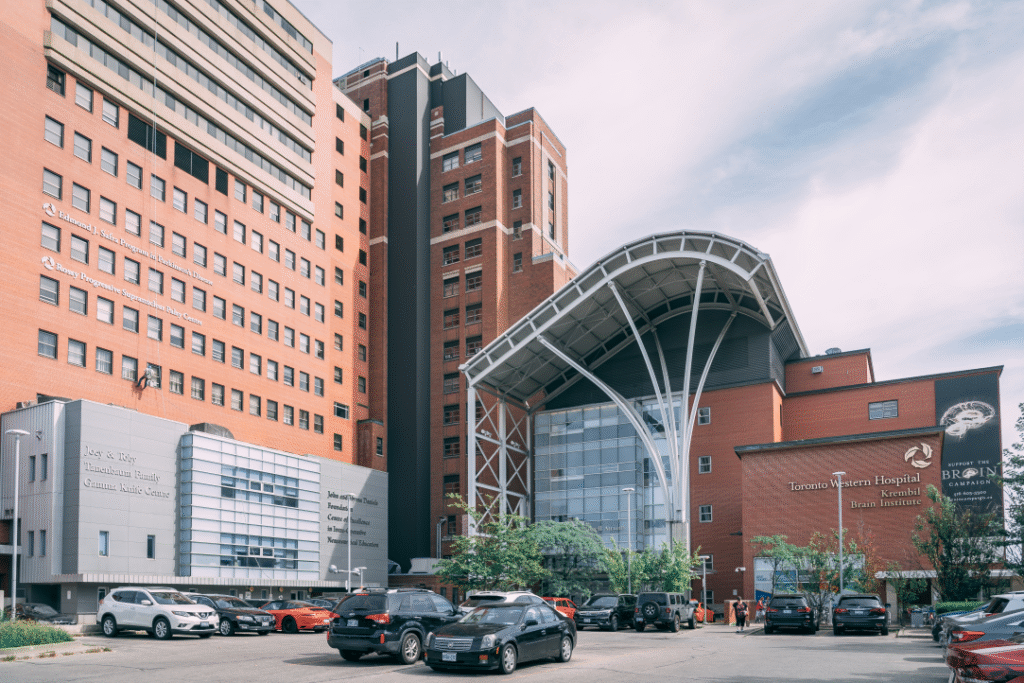
If you think this sounds crappy, consider the hospital will save $700,000 in operating costs every year.
Ed Rubenstein is the VP of Business Development, for Noventa Energy, the company that built the $43 million wastewater heating system.
But that’s not where he worked when this project began.
Prior to taking the job with Noventa Energy, he looked after sustainability for the University Health Network in Toronto, that looked after Toronto Western Hospital as one of its facilities.
Rubenstein cut his teeth on sustainability projects by working on recycling programs and retrofitting hospitals with LED lights back in the day.
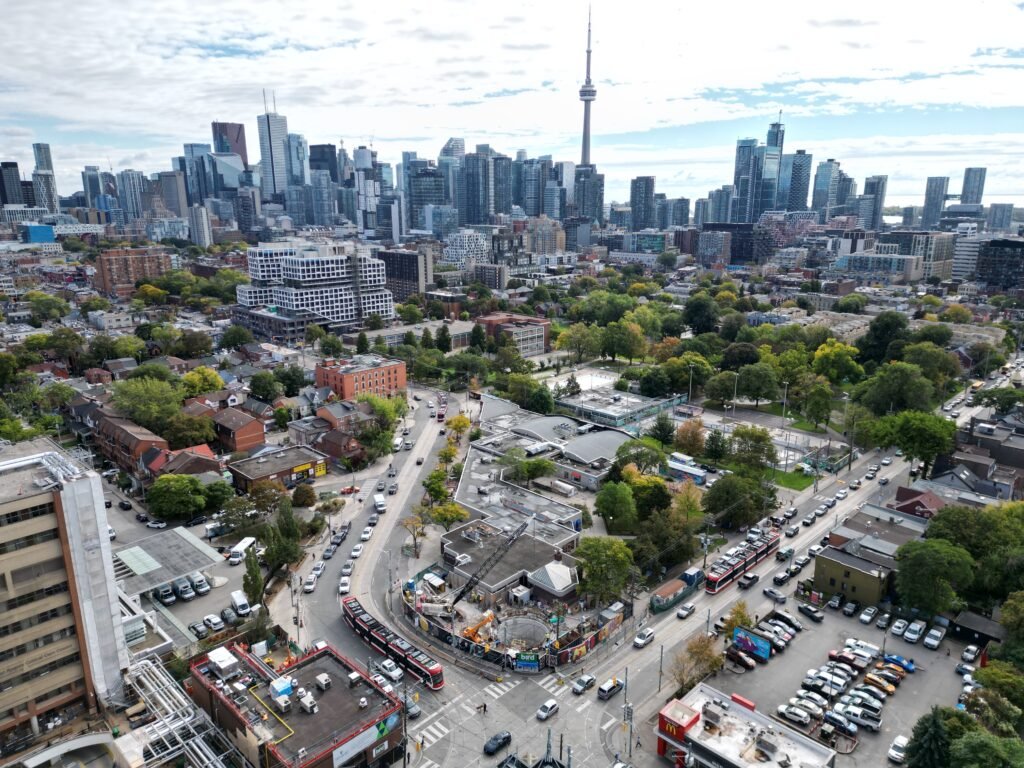
Sustainable sewer heat and heat pumps
But when it came time to modernize Toronto Western’s heating system, he looked at a lot of options, including geothermal. There was no way to dig more than 100 boreholes in Toronto, so he met with an old colleague, Dennis Fotinos, the CEO of Noventa Energy, who said to Rubenstein, “Why don’t you get the heat from the sewer system?”
Noventa was working with next-generation sewer heat technology, and they offered an “energy as a service” model to the hospital.
Remember, Rubenstein was working for the hospital network at this time, and the idea of Noventa covering the capital costs of upgrading their heating system and saving $700,000 a year sounded appealing.
Where geothermal takes the heat of the Earth and feeds it into heat pumps, this project takes heat from the sewer system and then uses heat pumps in a very similar way.
One big bonus is you get heating and cooling out of the same system.
The thing is, the sewers near the hospital are about 100 feet below ground. “So we went down about 130 feet so that it could allow that gravity to transfer the wastewater from the sewer to the wet well,” says Rubenstein.
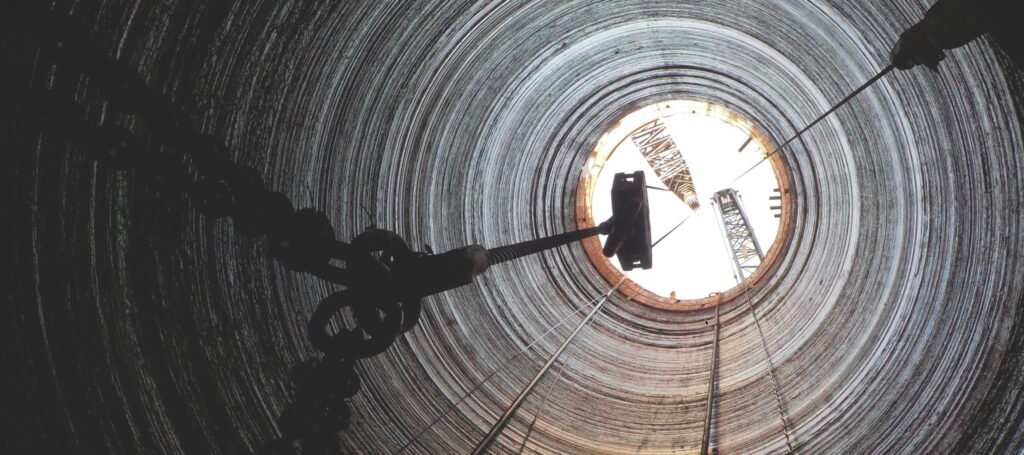
A 34-foot wide circular well taps the sewer system
Noventa built a 34-foot-wide circular hole, which they call a wet well, in the ground right adjacent to the sewer system.
The gunky stuff is screened out of the wastewater and fed back into the sewer, and then the wastewater runs through heat exchangers to extract the heat.
This heat is sent to heat pumps, which upgrade the heat to provide 90% of the hospital’s heating needs.
As part of this energy-as-a-service arrangement, Noventa retrofitted the heating systems from a high-temperature system that required fossil fuels to heat it to a new low-temperature system that has many advantages, says Rubenstein.
“Now there’s a realization that lower temperatures, you can really diversify heat recapture from industry, wastewater, geo, and air-source heat pumps,” says Rubenstein.
The idea is that you can connect different energy inputs and share energy in a networked heating system.
“Batchford’s is a great example where they have an existing geo field for expansion. A nice companion might be wastewater energy and have those two systems working together,” says Rubenstein.
Blatchford Carbon Neutral Community has a geoexchange district energy-sharing system, and part of the plan there is to add a sewer heating system component to the larger network.
Rubenstein says there are already plans for a phase 2 project at the hospital, and Noventa is already working on getting two other big projects going in the Toronto area.
As we said in the beginning, when this project was underway, Rubenstein was the sustainability guy working for the hospital network. When the project details were wrapped up, he wondered what he would do next in his career after spending 20 years working in healthcare.
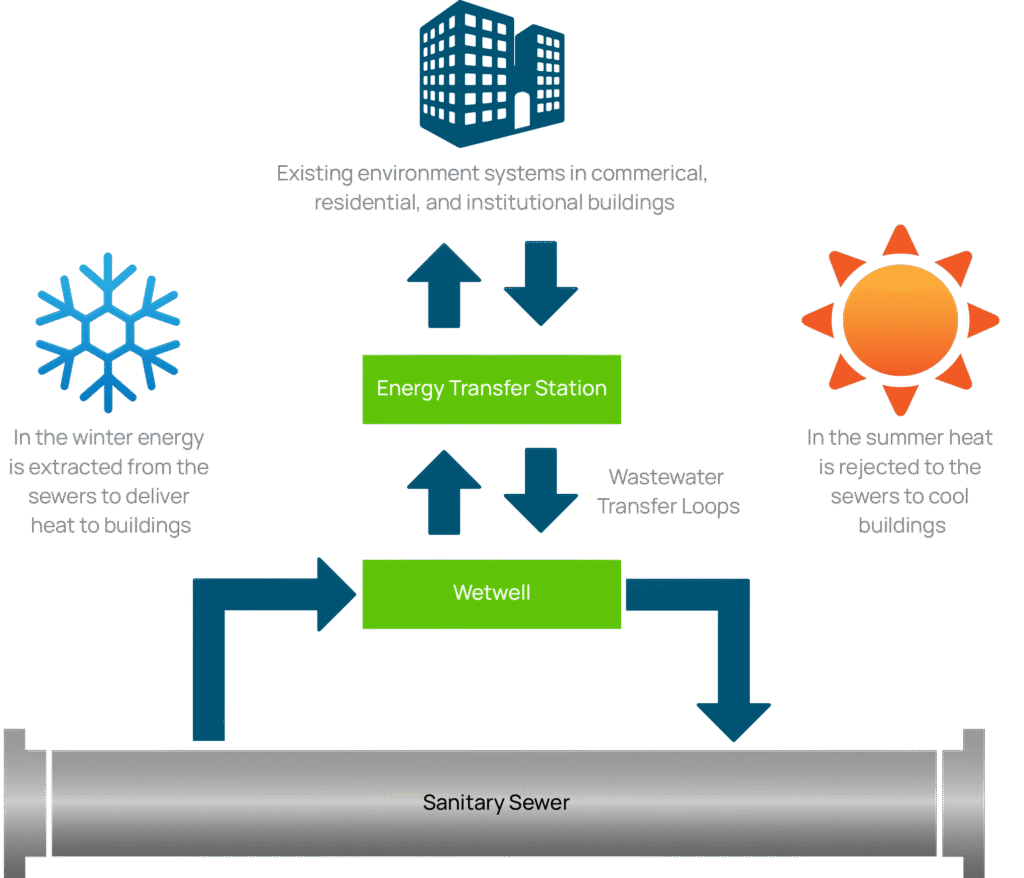
A bright future for sewer heat and heat pumps
The answer came soon when Noventa asked Ed Rubenstein to come and work as their VP of Business Development. Who better than the guy who knows exactly how things work in large, complex institutions such as hospitals?
Years ago, Green Energy Futures took a smelly tour down into the Vancouver sewer system to look at the sewer district heating system in False Creek. (see video and blog)

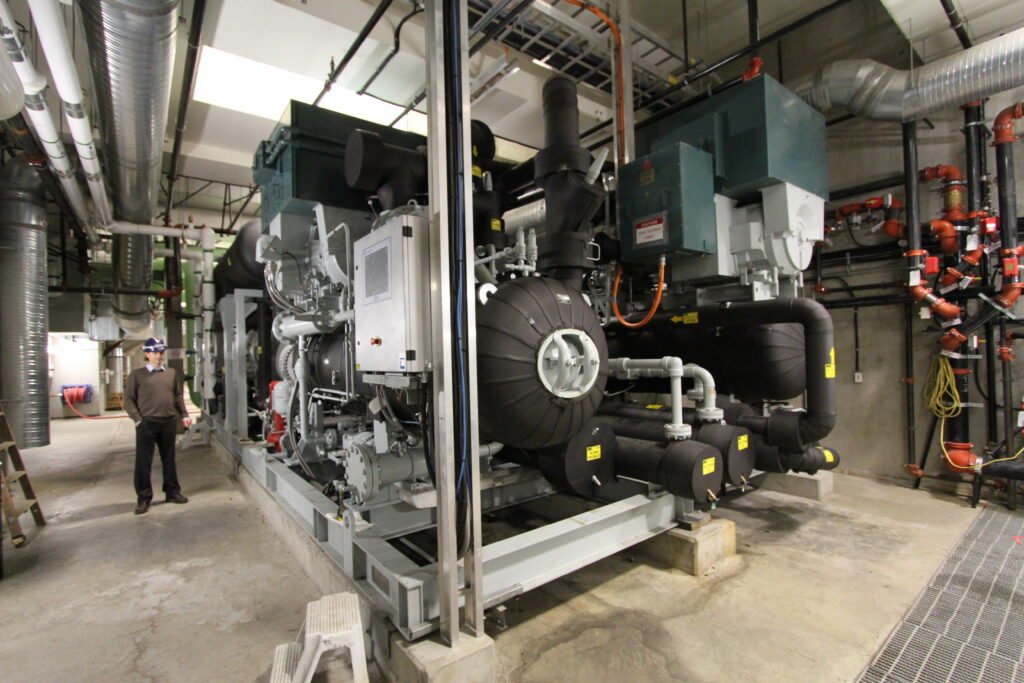
Noventa says their Huber technology is next generation, and Rubenstein sees a very bright future for heating systems that extract heat from wastewater.
“This is really an under-tapped resource. I think there are about 145 billion litres of wastewater flowing every day in North America. There’s a lot of energy there. I’ve seen some research that says that the market in North America for wastewater energy is probably approaching 20 to 25 billion dollars,” says Rubenstein.
As for the City of Toronto, they are so jazzed about wastewater heat that they have created an online map of their sewer system. You can type in an address and see if there is a sewer with enough capacity nearby to heat your project.
Green Energy Futures CKUA.com Podcast – Subscribe Today!
Related Stories

